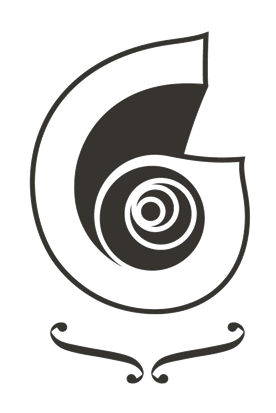How good an investment is a violin? better than gold or property
Share
Stringed instruments can be a better financial bet than shares, gold or property, says Ivan Hewett, as he goes behind the scenes at Beares auction house
When it comes to a safe haven for your money, little can beat a rare old violin. Other things always have their ups and downs. In the boom years of the 1990s, everyone assumed property was “safe as houses,” but then came the crash of 2007.
Gold was the miracle investment from 2005 to 2012, but in the last two years it has bombed. Shares are good for the long-term, but in the short-term they can be scarily volatile. In the crash year of 2008 they fell around 30 per cent, and bounced back by the same amount the following year.
Compare that with the steady rise of stringed instruments, particularly violins. A study quoted in the Economist concluded that the annual rate of return for a Stradivarius violin between 1980 and 2011 was 15.4 per cent, without any of the sudden surges and drops that send investors’ stress levels through the roof.
Until now, the virtues of instruments as an investment vehicle has been hidden from view. Instrument dealers inhabit an old-fashioned world, shut away from the rough-and-tumble of the financial world. That may be about to change, if the recent on-line instrument auction from Beares, one of the most venerable violin dealers in the world, is any sign. Simon Morris, one of Beares’s directors, says the motive was to show the world that the trade is moving with the times.
“Not so long ago there were just a handful of dealers in Europe and America, who were on first-name terms with buyers and sellers,” he says, “but it’s changing fast. The trade is becoming much more international, and we have to reflect that, and open ourselves up to a new market.” However, Beares isn’t about to abandon its old ways. Visiting their premises near Oxford Circus is like stepping back into the past.
n the workshops, the craftsmen still work with tools barely changed since the days of the great Cremonese makers of violins and cellos, such asGuarneri and Stradivari. Racks of wood slumber in quiet corridors, maturing like fine wines. And Simon Morris himself has the comforting air of unshakeable probity that was once the hallmark of the English banker.
He takes me up to a showroom where two would-be buyers are putting a couple of instruments through their paces. “Here they are,” he says, gesturing airily at the wall-racks where nearly all the 29 violins available in the auction are hanging. On the other walls are the bows, violas and cellos being sold alongside them.
Missing from the racks are the so-called “Cabriac” violin by Antonio Stradivari and another Cremonese violin made a century later by Guadagnini. These are the two most valuable instruments in the auction, with guide prices of $2.5-3.5 million (£1.5-£2.2 million) and $1-1.5 million (£630,000-945,000) respectively. The other violins are priced at anything between £4,000 and £500,000. “Generally auctions are clearing-houses, and the rule of caveat emptor [buyer beware] definitely applies,” says Harris.
“That’s not the way we want to go. We’re only prepared to have an auction where absolutely everything has been authenticated by ourselves.” Is he ever caught out himself? “No, but I don’t always get it right at a first look, when someone tests me.” I can’t resist pointing quizzically at one of the violins. “Well, hmmm... it looks like a French copy of a Guarneri pattern,” he says. Sure enough, the label says it’s exactly that.
Back in his office, I ask Morris whether he agrees that stringed instruments, especially violins, make good investments. “They do, because it’s an almost completely risk-free investment. At the top end there’s a diminishing supply, because certain instruments are bought by banks or foundations and will probably never come onto the market again.
"And on the other hand, the demand is constantly increasing, as new countries enter the market. It’s especially strong in the Far East, where excelling at the violin is a way of demonstrating that you’ve reached the West’s level in cultural terms.
"First it was Japan, where there are now around 35 Strads, then South Korea, then Taiwan. In China there are apparently 30 million people learning the violin, and it can’t be long before we see Chinese collectors in the market.”
from the Economist: http://www.telegraph.co.uk/culture/music/classicalmusic/11211888/How-good-an-investment-is-a-violin.html

